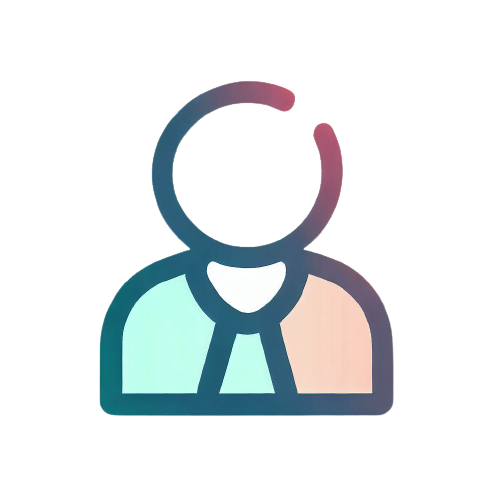/n Latitude is a game-changer for data teams, as it enables them to become data-driven in a matter of minutes, rather than months. The tool is designed to be user-friendly, with an intuitive interface that allows users to easily connect to their data sources, explore and transform data, and visualize their findings in a variety of charts and tables. One of the key features of Latitude is its ability to connect to all data sources, including cloud storage services like AWS and Google Cloud, as well as on-premise databases like Oracle and SQL Server. This means that teams can use Latitude to access and explore data from any source, without having to worry about data silos or compatibility issues. Another important aspect of Latitude is its AI-powered SQL Assistant, which allows users to write SQL queries and visual programming on an infinite canvas. This feature is particularly useful for teams that are not familiar with SQL or programming, as it allows them to easily create and modify queries without having to write complex code. In addition to these features, Latitude also provides a wide range of charts and tables for data visualization, allowing teams to create interactive and informative dashboards that can be shared with stakeholders. The tool also integrates with dbt, an open source data transformation framework, to bring models and metrics to the last mile of data analysis. One of the biggest advantages of Latitude is its ability to enable teams to collaborate in real-time. With built-in shortcuts for efficient data exploration and an AI assistant for faster SQL writing, teams can work together to analyze and visualize data in a collaborative and efficient manner. Overall, Latitude is an essential tool for data teams looking to become data-driven in a matter of minutes, rather than months. With its intuitive interface, AI-powered SQL Assistant, and real-time collaboration capabilities, Latitude is a game-changer for data analysis and visualization.

About This Tool
Reviews :
No reviews available
Most Impacted Jobs

Communications Manager
Manages and oversees internal and extern ...
1718
Total AI365
Total Tasks
Data Collector
Gathers specific data and information fr ...
1484
Total AI299
Total Tasks
Mail Clerk
Receives, sorts, and distributes mail wi ...
906
Total AI193
Total Tasks
Data Entry
Enters information into computer databas ...
1577
Total AI325
Total Tasks
Compliance Officer
Ensures an organization adheres to laws, ...
893
Total AI194
Total Tasks
Chief Executive Officer (CEO)
...
742
Total AI153
Total Tasks
Chief Strategy Officer
Oversees and directs organizational stra ...
790
Total AI184
Total Tasks
Admin
Performs administrative tasks, organizes ...
1348
Total AI253
Total Tasks
General Clerk
Performs various clerical tasks, includi ...
1279
Total AI242
Total Tasks
Mail Handler
Processes, sorts, and routes mail; ensur ...
893
Total AI188
Total Tasks
Data Clerk
Compiles, maintains, and enters data int ...
1559
Total AI317
Total Tasks
Therapist
Provides therapeutic interventions to in ...
581
Total AI114
Total Tasks



